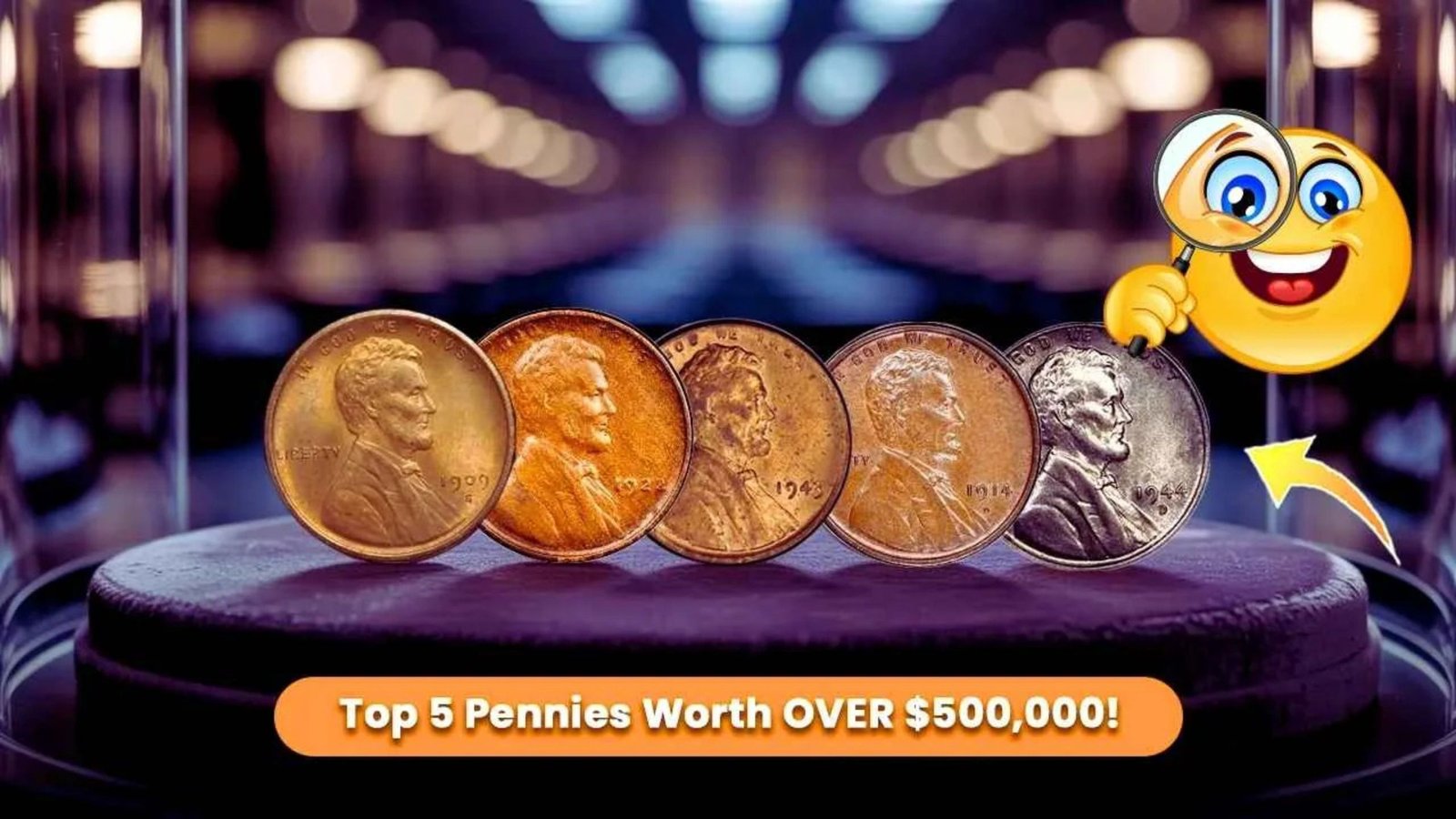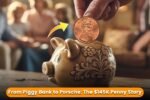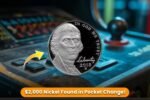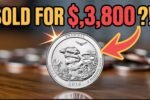Rare Lincoln Wheat Penny : It’s easy to overlook the humble penny—tossed into tip jars, forgotten in couch cushions, or jingling at the bottom of a pocket. But one rare Lincoln Wheat penny, long thought to be nearly impossible to find, could be sitting quietly in circulation—and it’s worth up to $500,000.
The Half-Million-Dollar Penny
The penny in question is the legendary 1943 Bronze Lincoln Wheat Cent. Most 1943 pennies were made from zinc-coated steel to conserve copper for World War II. However, due to a minting error, a very small number were struck in bronze (copper alloy)—the metal used in previous years.
Today, these mistakes are considered some of the most valuable coins in U.S. history. With only a few dozen confirmed examples, one pristine specimen sold at auction for $504,000 in 2021. And more could still be out there.
How Did This Happen?
In 1943, the U.S. Mint transitioned to steel pennies to save copper for wartime ammunition and equipment. But a small number of leftover bronze planchets (blanks) from 1942 were accidentally used. These copper-colored 1943 cents made it into circulation unnoticed.
It’s believed that less than 20 bronze 1943 pennies from the Philadelphia Mint (no mint mark) exist today. A few others from the Denver and San Francisco mints have surfaced as well—each even rarer and potentially worth more.
How to Spot One
To check if your penny is one of the rare 1943 bronze cents, follow these steps:
-
Check the Date: The coin must say 1943.
-
Look at the Color: Steel pennies are gray/silver. If it’s brownish or copper-colored, that’s a good sign.
-
Test with a Magnet: Steel cents are magnetic. If your 1943 penny is not attracted to a magnet, it might be bronze.
-
Inspect the Weight: Bronze pennies weigh about 3.11 grams, while steel ones weigh around 2.7 grams.
If you suspect you have one, don’t clean or alter the coin. Its original condition is crucial to its value.
What To Do If You Find One
If you think you’ve found a 1943 bronze penny:
-
Have it authenticated by a professional grading service such as PCGS or NGC.
-
Avoid selling to pawn shops or casual buyers until it’s been properly evaluated.
-
Consider contacting auction houses like Heritage Auctions or Stack’s Bowers, which specialize in rare coin sales.
Other Valuable Lincoln Pennies to Watch For
While the 1943 bronze cent is the crown jewel, several other Lincoln Wheat pennies are worth big money:
-
1909-S VDB: The rarest first-year issue, worth up to $50,000 in mint state.
-
1914-D: A tough date to find in high grades, worth thousands.
-
1955 Doubled Die: A striking error with overlapping letters, worth up to $15,000.
Final Thoughts
The next time you get pennies in your change, take a closer look. That dull-looking coin could be a fortune in disguise. With fewer of these rare 1943 bronze cents being found each year, discovering one now would be like hitting the jackpot.
Frequently Asked Questions (FAQs..)
Q1: Why is the 1943 bronze penny so valuable?
The 1943 bronze Lincoln Wheat penny is valuable because it was accidentally struck on bronze (copper) planchets intended for 1942. Almost all 1943 pennies were supposed to be made of zinc-coated steel to save copper for the war. Fewer than 20 authentic bronze 1943 pennies are known to exist, making them extremely rare and highly collectible.
Q2: How can I tell if I have a 1943 bronze penny?
To check if you have one:
-
Look for the year 1943 on the penny.
-
Check the color: steel cents are silver; bronze ones are coppery brown or reddish.
-
Use a magnet: steel cents are magnetic, bronze ones are not.
-
Weigh it: bronze pennies weigh about 3.11 grams; steel pennies weigh 2.7 grams.
Q3: What should I do if I think I found one?
-
Don’t clean or alter the coin.
-
Have it authenticated by a reputable grading company like PCGS or NGC.
-
Consult rare coin dealers or auction houses like Heritage Auctions.
-
Avoid selling it to pawn shops or online buyers without professional verification.
Q4: Are all 1943 pennies valuable?
No. Most 1943 pennies are made of steel and are worth only a few cents to a few dollars depending on condition. Only the bronze (copper-colored) ones are rare and valuable.




